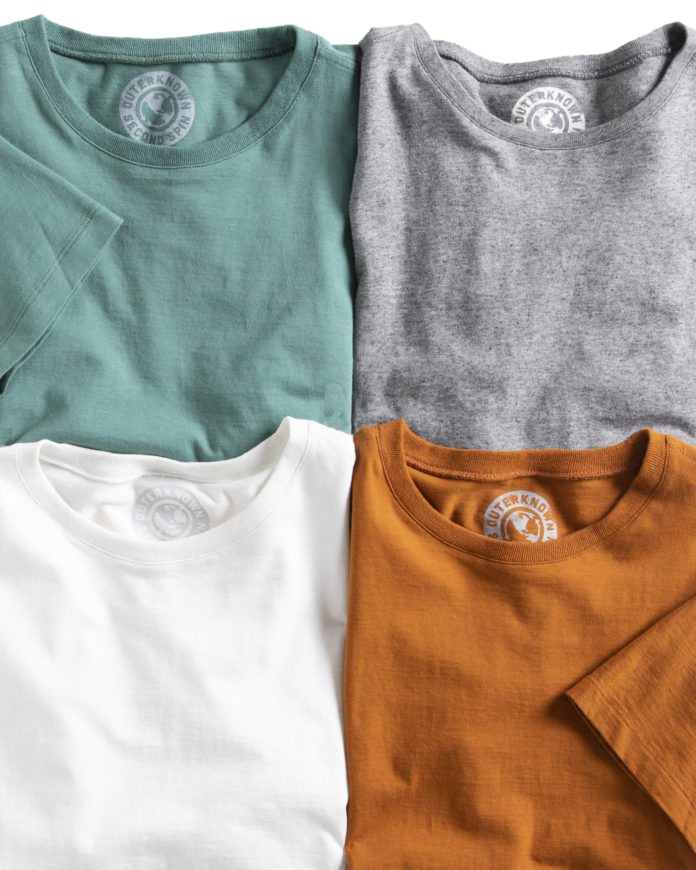If you buy it from Outerknown, it just might.
The Culver City-based apparel-maker launched Second Spin, a collection of men’s and women’s loungewear that feature a QR code. When scanned, according to the company, the code provides information about who manufactured the garment, where it was made, the material used, how to care for it and eventually resale or recycling recommendations.
“It’s like a birth certificate for the garment,” said Megan Stoneburner, Outerknown’s director of sustainability and sourcing. “This is extremely important because … we need to know the actual inputs of that garment, so recyclers can determine the best recycling option when it comes to end of life.”
“A lot of the times … our garments are labeled with poly labels that are sewn or attached to the garment, but customers tend to cut those off and so you lose visibility what that garment is made of … and when it comes to the sorting process it can be really tricky,” she added. “So, with this code that can be tracked, and the database of this garment, recyclers can understand exactly what was used.”
To Outerknown, recyclers are not only the consumers that shop at secondhand stores but textile manufacturers that use fabric waste to make new garments. The brand is working with Spain-based Hallotex, whose factory in Morocco is making pieces for the Second Spin collection from cutting room scraps and eventually recycled clothing.
The proprietary process includes sorting the material scraps by color, chopping up the pieces and blending them with sustainably harvested wood pulp to create new, high-quality textiles. Other brands Hallotex is working with include Zara, J.Crew and Madewell.
The Second Spin collection’s QR code and associated database infrastructure — CircularID Protocol — comes from New York-based Eon Group Holdings Inc. In addition to material identification for recycling, the QR code can be used to verify the authenticity of the garment, which can help it retain resale value.
The technology will help Outerknown inch closer to its goal to become “fully circular” by 2030. The brand defines circular as “taking waste and turning it into something new,” Stoneburner said.
The circular process includes using recycled fibers to divert waste from landfills, but also making sure that those fibers are recyclable, and that the garment meets durability standards, so it will maintain quality and integrity and will not break down after a few wears, she added.
Meeting those goals will require a “substantial investment” from Outerknown, and it appears its customers are willing to pay extra for sustainably made clothing.
“We’ve been around for five years, and we’ve been a sustainable brand from the get-go, so our customer has always been the one that is really highly engaged, knowledgeable, and who wants to participate in this eco system,” Stoneburner said.
She added that recent developments have reinforced Outerknown’s mission. “I think the scariest thing right now is we’re noticing that this is about risk mitigation more than anything, because the resources will be limited due to the effects of climate change.” she said

